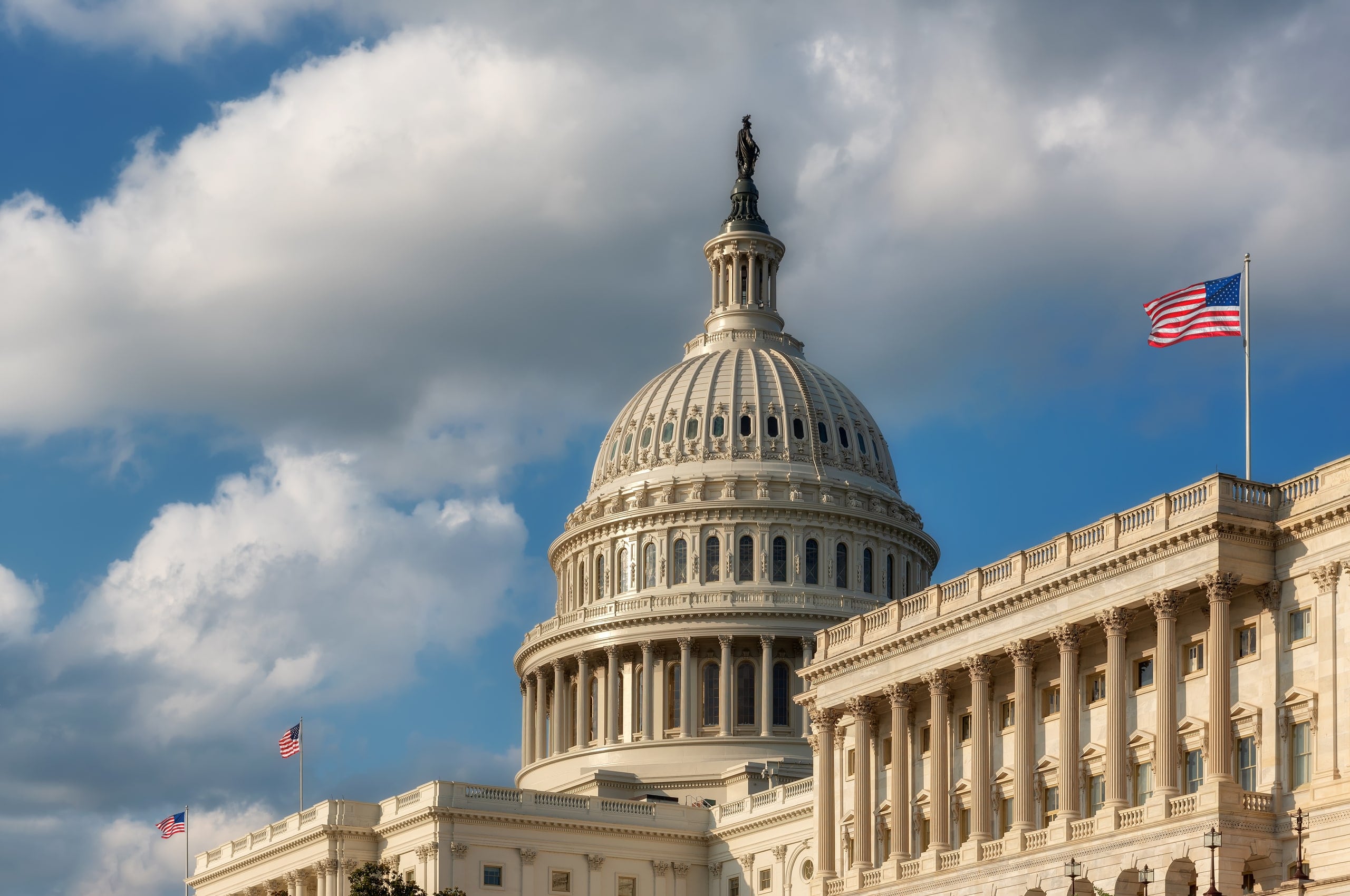You may have seen the news that the US government agreed to suspend the country’s national debt ceiling in June.
The landmark vote required Democrats and Republicans across the aisle to agree on the terms of a new bill that ended up on President Biden’s desk. Ultimately, congress agreed to suspend the US national debt ceiling, until at least after the next presidential election in 2025.
But why was this such a global issue? And what does it actually mean for the US government to have a debt ceiling? Find out what you need to know in this explainer.
The US national debt is the country’s total borrowing in its history
To understand the US national debt, it can be useful to think of it in terms of your personal debt.
You might borrow money for a number of reasons. For example, you might have:
- A mortgage on your home
- Credit card borrowing
- Personal loans, perhaps taken out for a large purchase.
In each of these instances, you’re usually borrowing money from an institution to pay for something you can’t afford upfront. You then agree to pay this money back over a certain amount of time, typically with interest.
So, you could easily work out your debt total by adding up all your borrowing into a single figure.
In just the same way, the national debt represents the total borrowing that the US has taken out in its history. Essentially, this means that it owes this money to its creditors.
The US government must pay for vital infrastructure, programmes, and services that keep the country running. Usually, the government will seek to use the revenue it receives, such as taxes, to pay for this.
However, when it is unable to meet its obligations, it can borrow money to cover this shortfall. This debt can come from a variety of sources, including:
- The stock market – otherwise known as “marketable securities”.
- Public debt – this could be individuals, corporations, foreign investors and governments, or anyone else who has bought publicly offered debt.
- The government itself – this is known as “intragovernmental debt” and involves different parts of the federal government loaning money to one another.
FiscalData has a live counter that displays the current amount the US has borrowed in its history.
Had the ceiling not been lifted, the US government could have defaulted on its debt
The reason that the US national debt was so prominent in the news last month is because the US government places a limit on its total borrowing – the national debt ceiling. This is designed to promote fiscal responsibility when administering federal funds.
The ceiling stood at $31.4 trillion, a figure the government exceeded in January 2023. Historically, this has not been an issue for the US government, as it usually just raises it in turn – according to the Council on Foreign Relations (CFR), congress has increased the ceiling 78 times since 1960.
However, an impasse between the two major political parties over what would be included in a new bill to raise the ceiling slowed down the process on this occasion. This lawmaking bottleneck meant that the government was unable to increase the debt threshold.
If this had happened, the government would not have been able to borrow any more money. In turn, this could have forced the US to default on its debts, an event that has never happened before in its history.
The CFR suggests that a default could have led to events such as:
- Preventing the government from paying for crucial services, such as Medicare, Social Security, or national defence
- The US government being downgraded from its triple-A credit rating – essentially meaning that US debt presents a greater risk to investors
- Increased borrowing costs for businesses and homeowners in the US, and potentially worldwide
- Halting US economic activity and causing job losses
- Damaging the strength of the dollar, tipping the global economy into recession.
As a result, this was no minor issue that could have been left to fester.
Lawmakers compromised to avert a potential crisis
In the end, lawmakers were able to agree on a deal to ensure that the bill went through, suspending the debt ceiling until at least 2025.
The US has never defaulted on its debt in its nearly 250-year history, so no one knows exactly what would have happened had the government failed to reach an agreement.
But it’s almost certain that this could have had disastrous consequences for the global economy, as the US is one of the major economic powerhouses in the world.
Fortunately, while both major political parties were forced to compromise on the deal they eventually reached, the crisis has been averted in the short term.
As President Biden put it in a statement reported by Reuters: “It was critical to reach an agreement, and it’s very good news for the American people.
“No one got everything they wanted. But the American people got what they needed.”
Get in touch
Whether you need help with debt or any other aspect of your finances, please do get in touch with us at Cordiner Wealth.
Email hello@cordinerwealth.co.uk or call 0113 262 1242 to speak to an experienced adviser today.
Please note
This blog is for general information only and does not constitute advice. The information is aimed at retail clients only.






